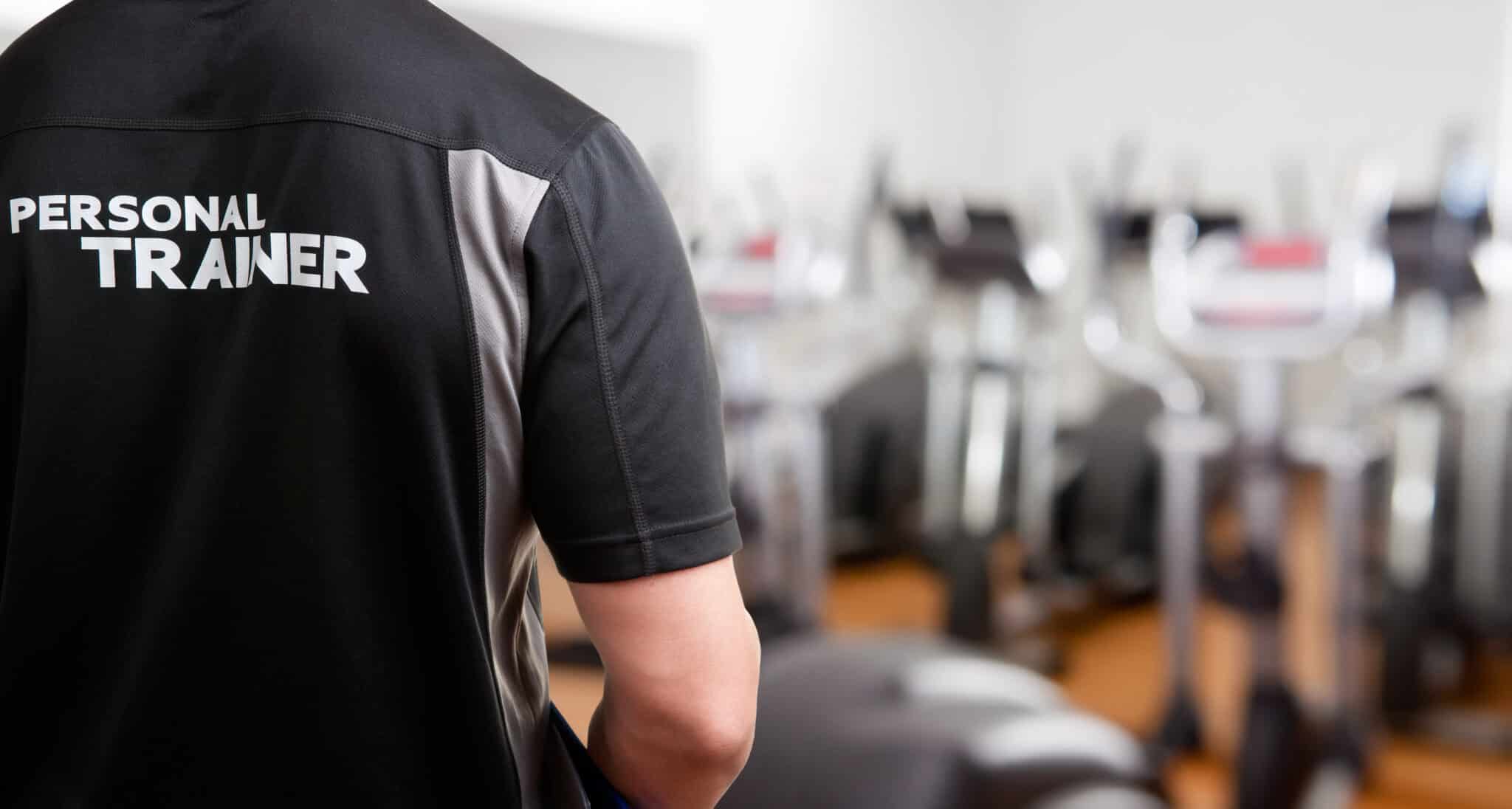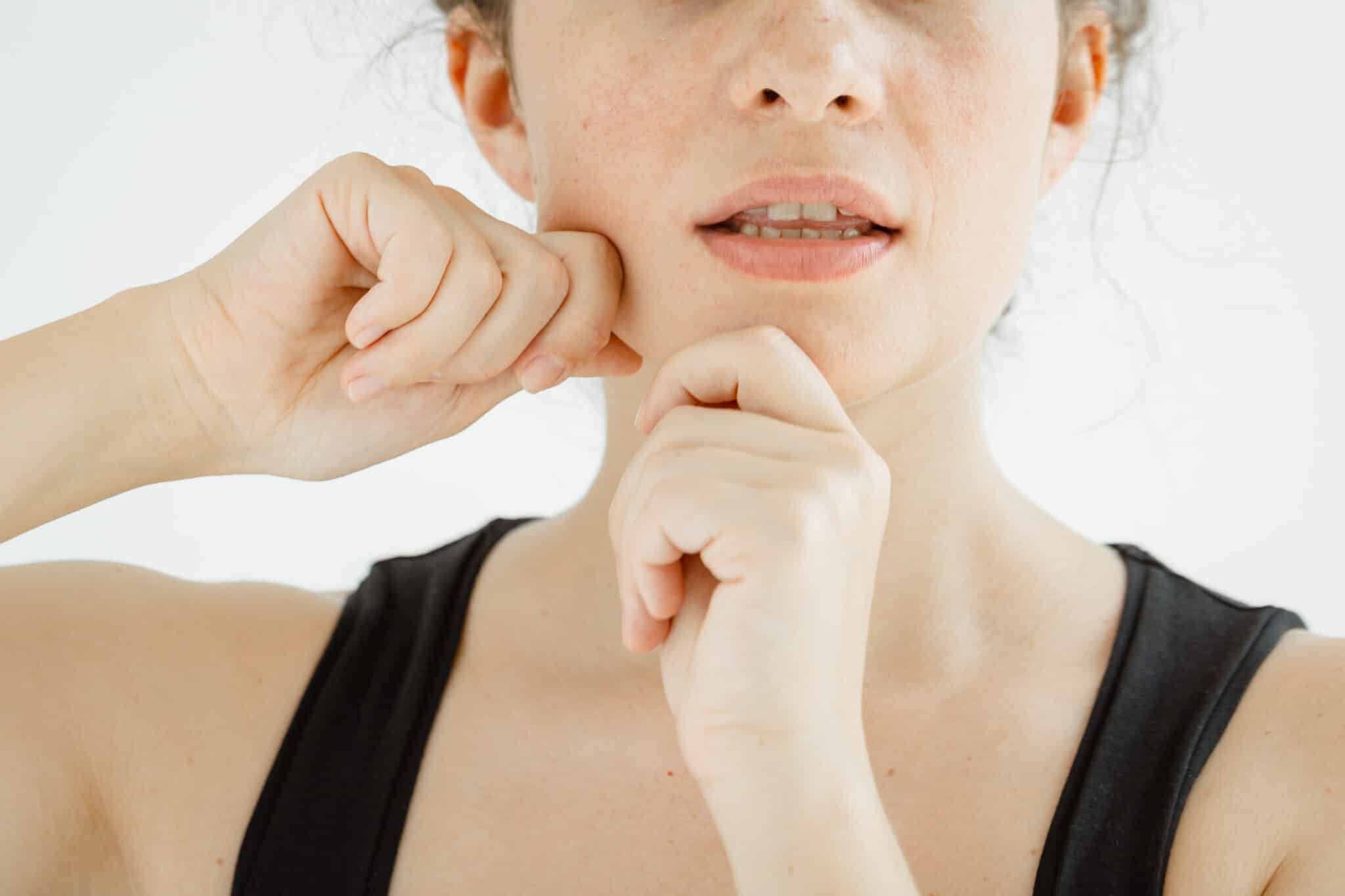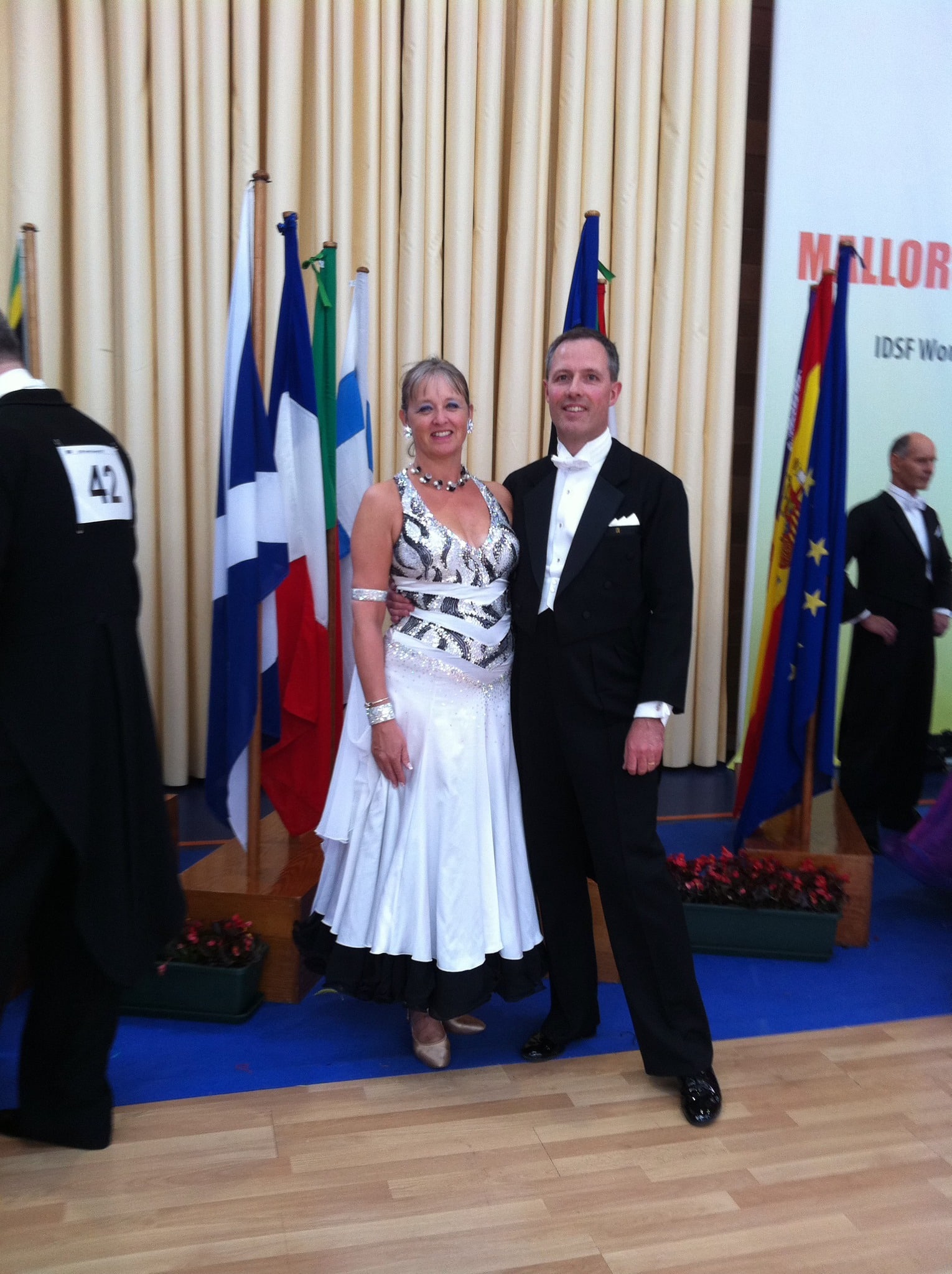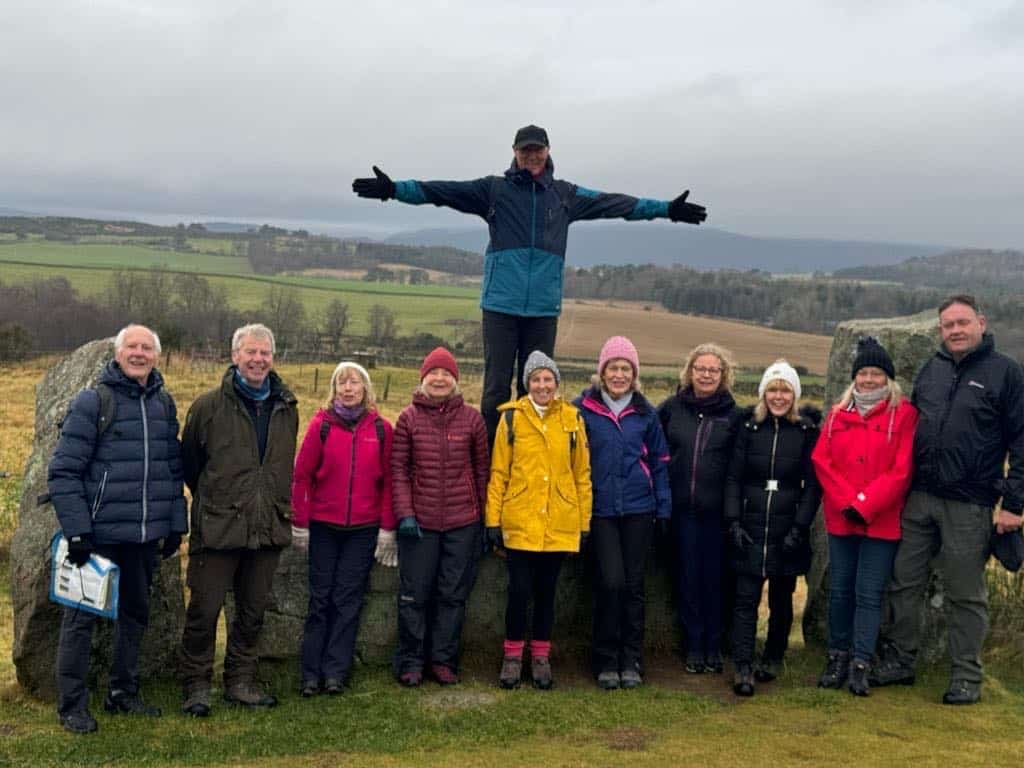
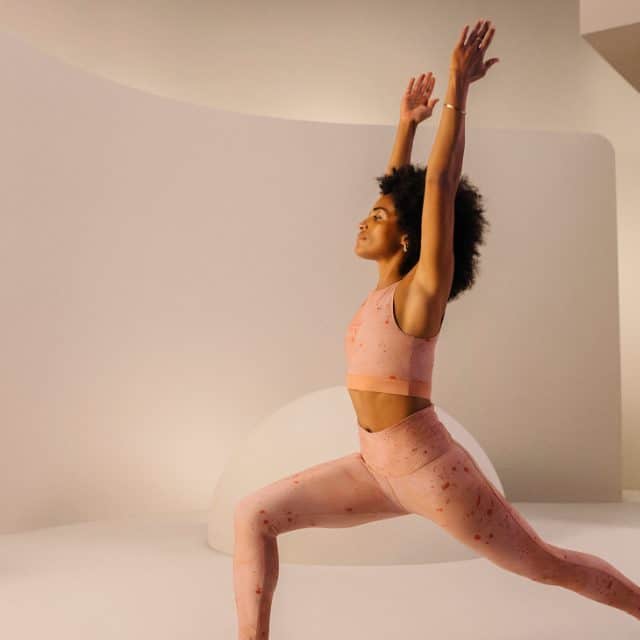
I have taught some form of exercise for almost 45 years. My interest stems from my nursing specialty in coronary intensive care. In the days when exercise as a preventative method, to decrease the incidence of heart disease, was just being recognised.
I was an ice skater from when I was five. Despite good training I was not the kind of athlete you would expect of skaters these days. I just enjoyed stepping on to the ice and skating to music. Even now when I hear music I want to move, any music, not just popular stuff, and I enjoy classical music. In all my classes I have music in the background.
Most Pilates classes are based on the mat. Mat based practice is a really good start to understand the principles of contemporary Pilates. However, I have long considered that bringing Pilates practice off the mat would relate more to what we do in our lives. When designing Pilates in Motion, I realised quite quickly that it would be “better” while doing it to music.
Pilates in Motion is movement like dancing to music. It is a special and different workout routine that guarantees several advantages for physical and mental health. The rhythmic action of dance with music, combined with Pilates coordination, balance, and flexibility training, also enhances the cardiovascular system.
The brain is known to be augmented by the wonderful activity of dancing, especially to music, because it easily stimulates various regions linked with memory, cognition, emotion processing, and other related areas. Infact, it provides a full brain and body “massage”. Signals are relayed from the motor area of the brain to nerves, muscles and joints, and the moving body also sends signals back to different parts of the brain and creates activity, both deep down at the core of the nervous system and in the neo cortex, the brain’s outer layer.
Using Pilates principles has the potential to improve total muscle tone, strengthen the core, and promote correct posture. The parts of Pilates that involve regulated movement and breathing can consequently reduce stress levels and increase relaxation (thereby reinforcing the mind-body connection). Incorporating dancing and music into a Pilates in Motion workout could eventually result in an improved mood and increased motivation, making the practice more fun and, as a result, more motivating and hence sustainable over the long run.
The expressions and creativity of individuals in a class can be developed through dance and music, which are universal and dynamic. These expressions and creativity can not only be expressed verbally but also through body language. In addition, they are the most effective strategies for expressing and releasing a wide range of feelings and stresses.
So why dance to music with Pilates principles?
In my research to try to understand the urge to move to music, I came across two books. Dance Psychology published in 2018 and The Dance Cure published in 2020 both by Dr Peter Lovatt. They began my research. If you have the time and are interested, they are a good read. They helped me understand the urge that I must dance to music.
In general you would cover over 4 thousand strides in one session!
I hope to see you in class. Let me know the music you enjoy.
Pamela Smith


